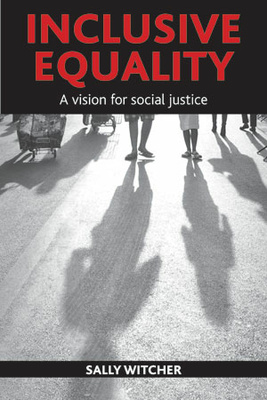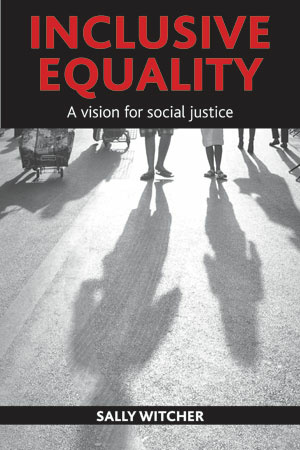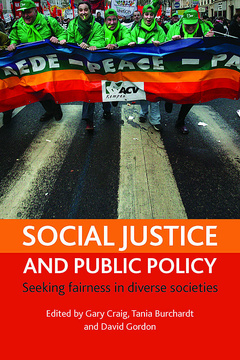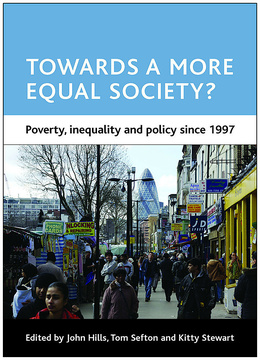Published
Dec 3, 2014Page count
256 pagesISBN
978-1447300045Dimensions
234 x 156 mmImprint
Policy PressPublished
Sep 27, 2013Page count
256 pagesISBN
978-1447300038Dimensions
234 x 156 mmImprint
Policy PressPublished
Sep 27, 2013Page count
256 pagesISBN
978-1447320531Imprint
Policy PressPublished
Sep 27, 2013Page count
256 pagesISBN
978-1447320548Imprint
Policy PressIn an era of ongoing economic failures, as governments cut support to the poorest, the richest continue to get richer and those in-between are squeezed by rising costs and flagging incomes, the challenges for social cohesion – and for social justice – seem overwhelming. As inequality increases, it can become harder to empathise with life experiences far removed from our own, particularly when fuelled by a sense of injustice. Our samenesses and our differences can remain unseen, unvalued or misunderstood.
In this ambitious, wide-ranging book, the author sets out a vision for social justice as 'inclusive equality', where barriers to equality and inclusion are removed to the maximum extent possible while preserving and strengthening social cohesion. Weaving together themes from the theoretical literatures on social justice, poverty, discrimination and social exclusion, she explores relationships between equality, diversity and inclusion - a novel approach that reveals clear, practical implications for the design and delivery of social policy.
"This is a 'big picture' book: a brave attempt by a former Director of the Child Poverty Action Group to connect together different academic disciplines... in order to construct a vision for social justice." Citizen's Income Newsletter
Sally Witcher currently works as a freelance consultant in Edinburgh, Scotland. Her previous roles include, Director of the Child Poverty Action Group, senior civil servant and researcher. To add to these perspectives, she brings her life experience as a disabled person.
Introduction; Section One: Reviewing and rethinking theories about disadvantage: Social justice; Poverty, Discrimination; Social exclusion; Section two: Developing and applying a new framework for inclusion: Social structures and operations; Institutional processes and relationships; Personal Identity and interaction; Inclusive social policy; Conclusion.












